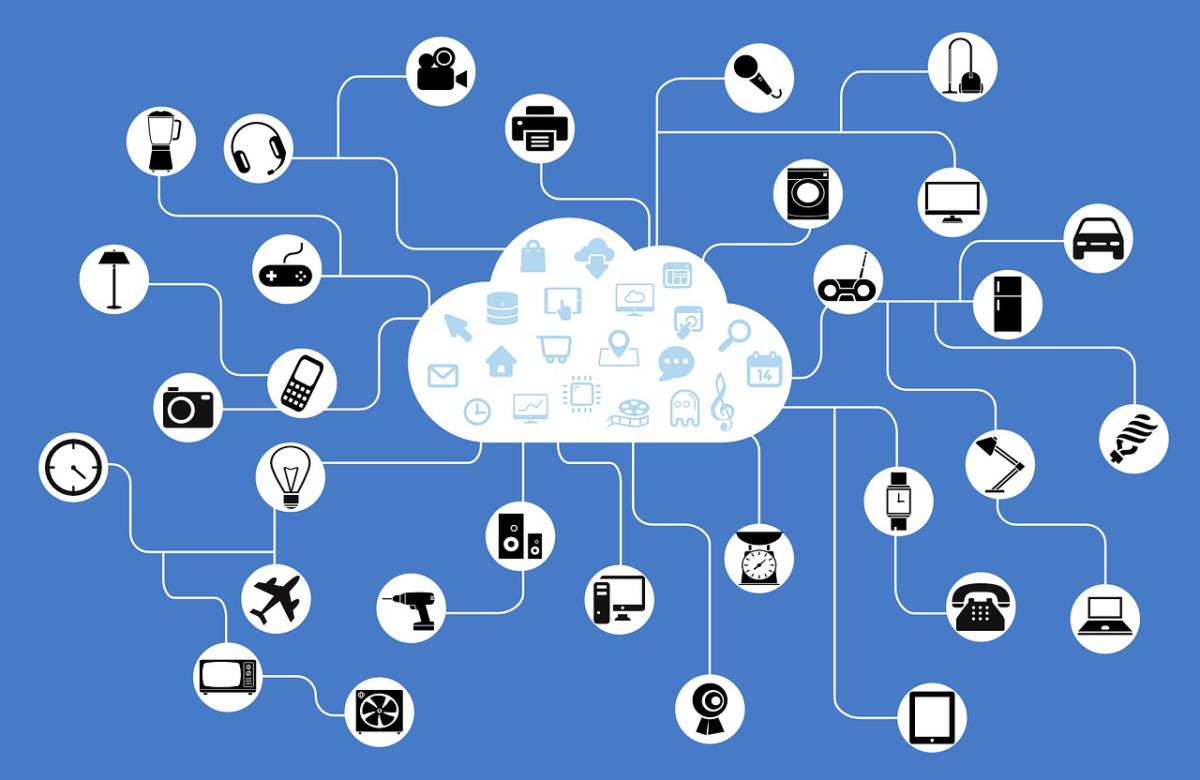Cloud Communication - Overview
Cloud Communication

Review: What is the Cloud?
Internet of Things
- Things
- “smart” devices that are programmed interact with environment
- Internet
- connect to the internet to send and receive data
- Various services that allow you to enhance your device with internet capability
Examples of IoT Cloud Services
- Update device code and firmware
- Receive status messages (like we do with Serial monitor)
- Read the values of variables
- Control device / execute function calls
- Store data from device (e.g. the hourly temperature for the past 6 months)
- Run analytics (e.g. how often does one of my 4,000 device fail)
- Manage device with publicly-accessible web/mobile
Particle Cloud Features
- Update device code and firmware
- Receive status messages (like we do with Serial monitor)
- Read the values of variables
- Control device / execute function calls
Particle Cloud Does NOT
- Store data from device
- Ex. the hourly temperature for the past 6 months)
- Run analytics
- Ex. how often does one of my 4,000 device fail)
- Manage device with publicly-accessible web/mobile
Particle Cloud
- Photon 2 has built in support for connecting to Particle Cloud
- Particle Cloud is essentially free (very generous free tier)
- Basically acts as a real-time communication system
- i.e. the current temperature, but not temperature from last Tuesday
- For data storage and analysis, we will use a different service later in the course
Quick Note
- All the features we will discuss are not unique to Particle Cloud
- It is possible to read variables and execute functions from most companies’ platforms
- The syntax and mechanisms will vary from Particle Cloud, but the concepts are transferable
Key operations in Particle Cloud
- Publishing (events part 1)
- Subscribing (events part 2)
- Accessing data (cloud variables)
- Control device (cloud functions)
Documentation
